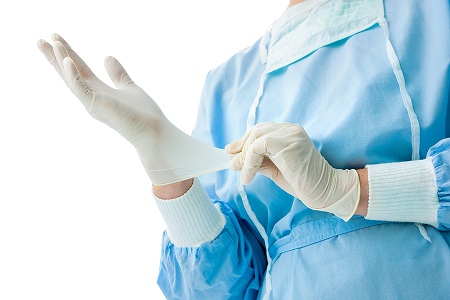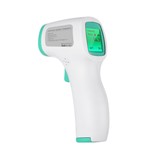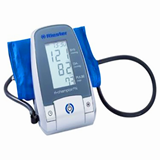When a patient is placed on contact precautions, health care workers are required to wear a gown and gloves when they come in contact with the patient, then remove the gown and gloves and wash their hands after the contact. This is to prevent transmission to other patients via their hands or clothing.
Contact isolation includes contact precautions but the patient is also placed in a single room.
A/Prof Marin Schweizer, from the Carver College of Medicine at the University of Iowa, told delegates at the Australasian College of Infection Prevention and Control Conference 2014 about the importance of examining the efficacy of contact precautions.
"(We need to) ask ourselves as health professionals: when do the risks to patients outweigh the benefits?" she said.
Effectiveness against endemic HAI
Although the crucial importance of contact precautions with infectious disease outbreaks such as Ebola is not questioned, A/Prof Schweizer raised doubts about its effectiveness at preventing transmission of endemic hospital-acquired-infections (HAI), saying US studies gave inconclusive or conflicting results.
She said there was evidence patients bear the burden of contact precautions and face a number of risks that impact their health.
Recent studies, including a systematic literature review, found contact precautions had been associated with less patient-to-health care worker contact, changes in systems of care that produce delays, more non-infectious adverse events (e.g. falls, pressure ulcers), and increased symptoms of depression and anxiety. Surprisingly, however, patient satisfaction with care remained the same.
"Given these risks, we need to consider when we should discontinue care," said A/Prof Schweizer.
"My recommendation is that contact precautions should cease when there have been two negative nasal screens at least one week apart if last positive screening was less than 12 months ago; or there is one negative nasal screen more than 12 months ago."
Alternative approaches
A/Prof Schweizer said alternatives to contact precautions should also be considered.
Hand hygiene and bare below the elbows with measures such as rolling up shirt sleeves, no neckties, wrist watches or white coats, wiping down stethoscopes after every patient exam and washing hands before and after every patient contact have all been proven to be effective.
Universal gloving during RSV season in paediatric units has also seen decline in multidrug resistant organisms each season.
ACIPC President Belinda Henderson said the research results showed just how important ongoing surveillance and publishing of results was so that standard and contact precautions could be comprehensively evaluated.
"A/Prof Marin's presentation certainly gave us food for thought, and highlighted the importance of managing the whole patient including their psychological needs," she said.
"We do, however, encourage all clinicians to manage patients in line with the guiding principles of standard and transmission-based precautions."














-160x160-state_article-rel-cat.png)

